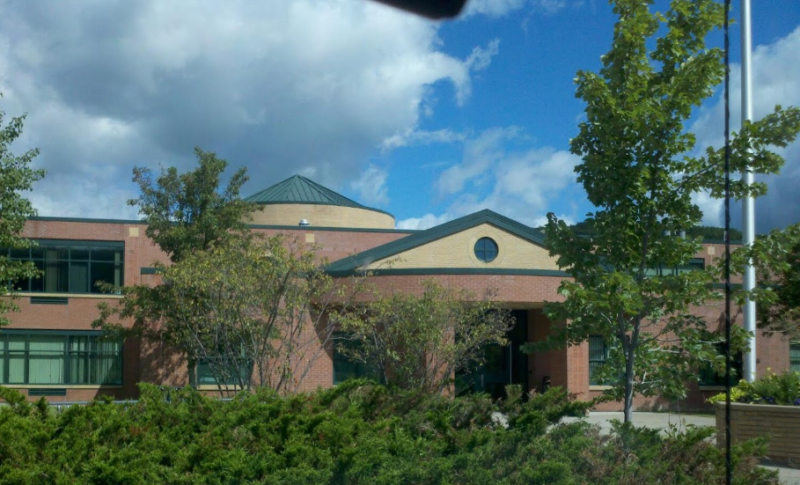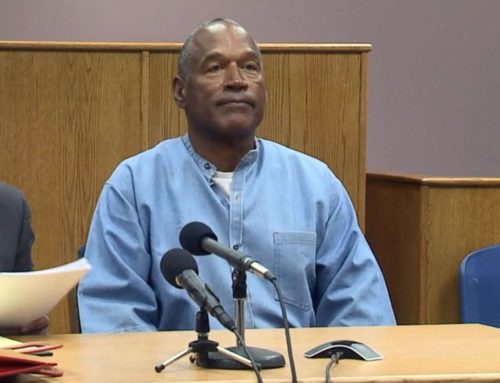The advances in DNA testing over recent years has been impossible to ignore. Since the first criminal conviction was overturned by using DNA evidence in 1989, 341 individuals have been been exonerated. To put it another way, over 28 dozen defendants have had their lives restored to them, after scientific evidence proved they could not have committed the crimes they were accused of.
Clearly, the release of defendants unlawfully convicted of crimes is a step in the right direction. The average age of those released at the time of their convictions was 26 years old, and the average age at time of release was 42. Each case is different, of course, but generally the released defendants lost more than an entire decade of their lives as the result of a wrongful conviction.
The high court steps in
As more cases come to light, more exonerations will almost certainly take place. And the importance of DNA testing is now a vital part of criminal investigations as they happen, rather than being retroactively applied to crimes which were committed before DNA testing was available.
A recent court decision has mandated an important change to the procedure involving DNA testing and use for criminal prosecutions. The facts of the case involved the testimony at trial of a person who was familiar with the DNA testing process, but not the person conducting the actual test of the sample.
Upon hearing from the witness regarding the DNA test results, the jury convicted the defendant. However, the process was invalidated, the court decided, because the person who had actually conducted the testing was not made available for testimony at trial. The court’s decision rejected the idea that DNA testing does not require any type of specialized skill set. By failing to present the individual who had performed tests on the defendant’s DNA sample, the prosecution had improperly shielded this person from being cross-examined about their methods and results.
What the ruling means
The court’s ruling means that prosecutors must be more forthcoming with DNA testing results. General descriptions of DNA testing procedures will no longer be acceptable at trial. Whatever the reasons were for protecting scientists from scrutiny in court, the courts have established that the test results, and the person performing the tests, must be made available to the defendant.
What effect will this ruling have on DNA tests going forward? Most importantly, it forces prosecutors to present an identifiable witness who can testify as to what testing was performed on a DNA sample.
To provide an example, imagine that a defendant is given a traffic violation for failure to stop at an intersection. The police officer who witnessed the violation, and wrote out a ticket or a police report describing the alleged violation, is the only one would be expected to testify as to what was observed. It would not be sufficient to allow a different police officer to testify about the violation, if they did not see the violation occur.
Likewise, the court’s decision requires that a scientist conducting tests on a DNA sample must also be the one to testify about what the testing revealed. This decision is certainly a major step forward for defendants’ rights.
Have a criminal charge in New York? Let the AX criminal team offer you a free case consultation anytime; (518) 675-3094
DISCLAIMER: The exclusive purpose of this article is educational and it is not intended as either legal advice or a general solution to any specific legal problem. Corporate offices for Nave Law Firm are located at 432 N. Franklin Street, Suite 80, Syracuse, NY 13204; Telephone No.: 1-866-792-7800. Prior results do not guarantee a similar outcome. Attorney Advertising.





